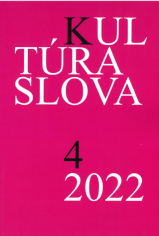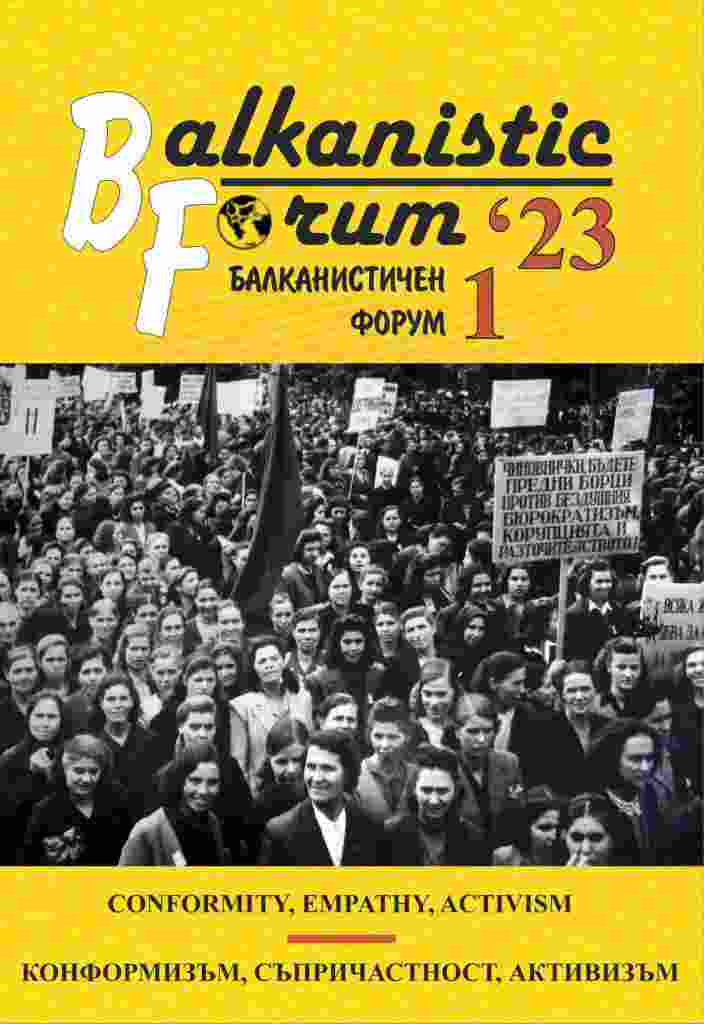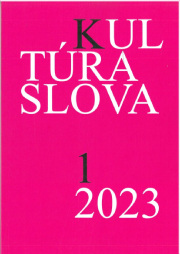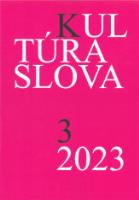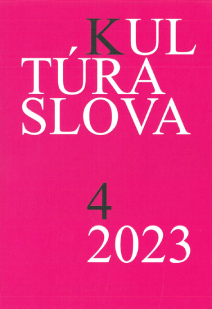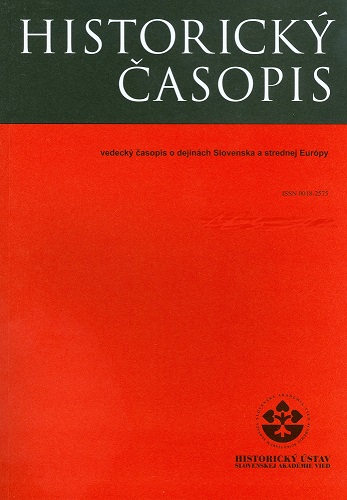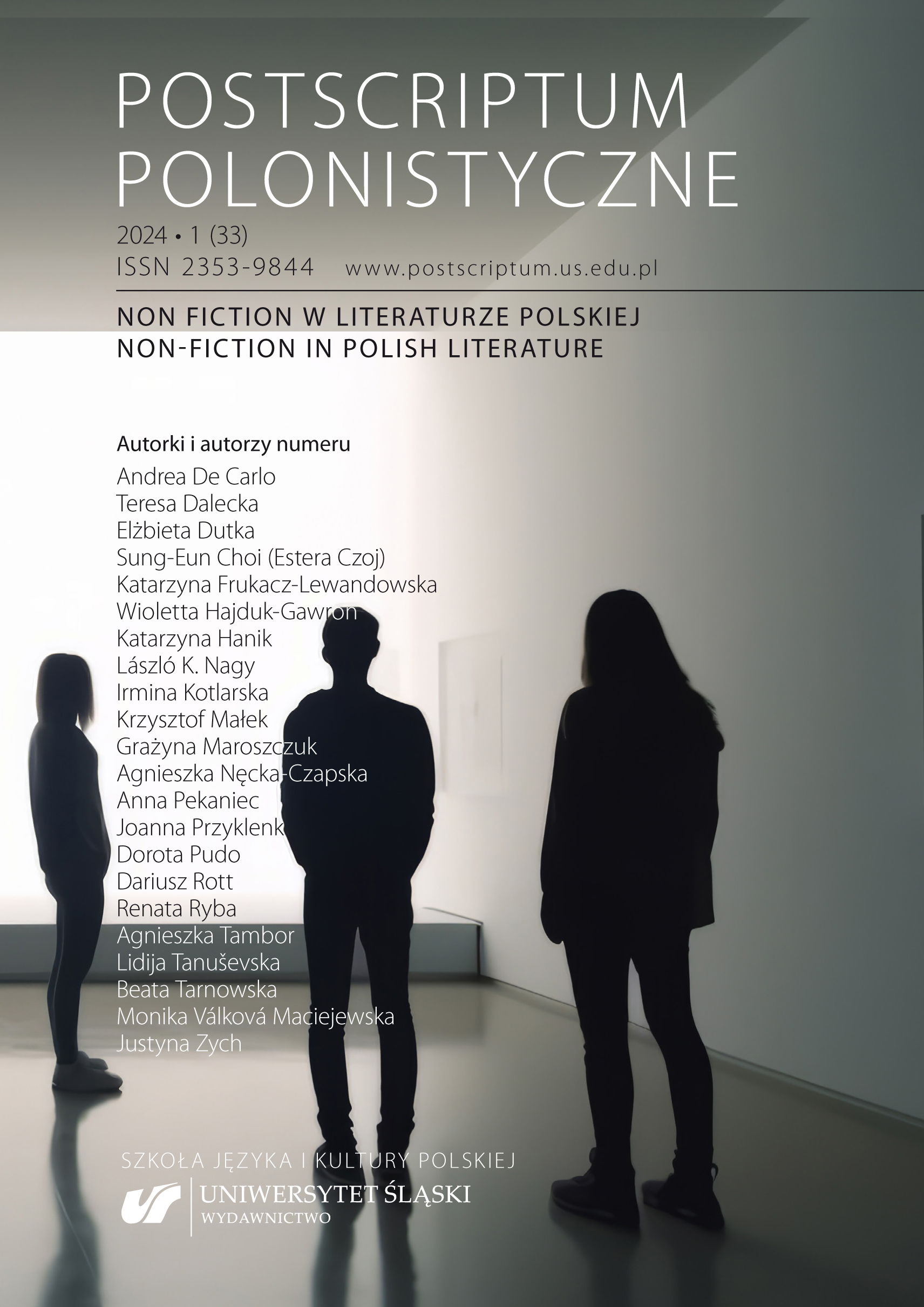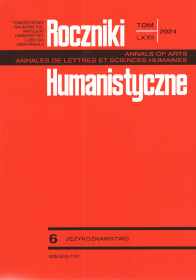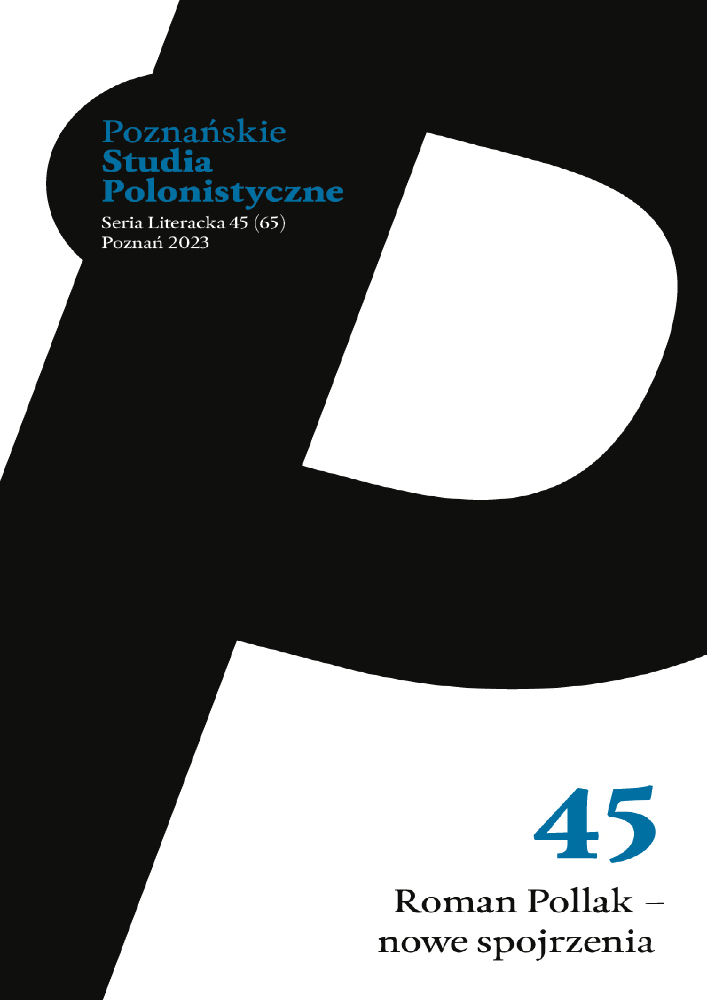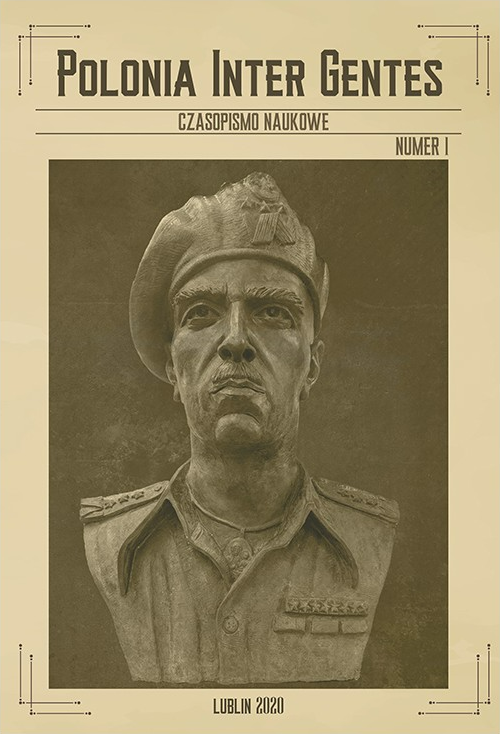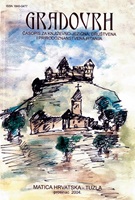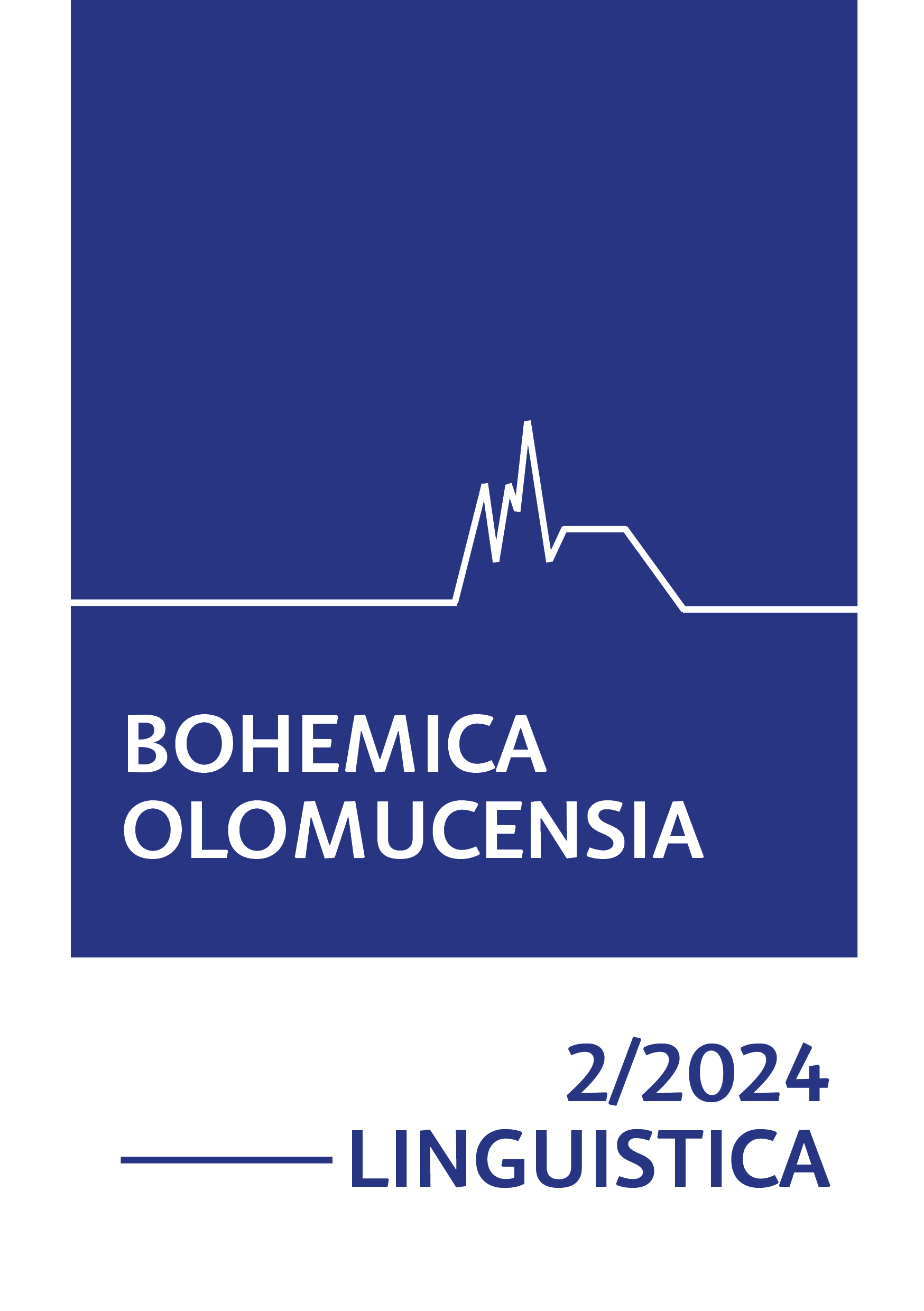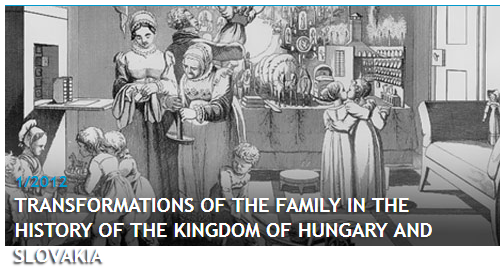
Pomenovania príslušníkov rodiny a rodinných vzťahov v predspisovnej slovenčine
A significant feature of the family relation terminology in the Slovak language is its big cognitive value from the linguistic and extra linguistic point of view. They reflect not only an internal language development but mainly extra linguistic factors that give a possibility to identify a cultural development context in a space and time. The author pays attention to the development of two groups of words: 1st: expressing of consanguinity – nomina consanguinitatis, and 2nd: expressing of a kinship acquired by marriage – nomina afinitatis. The first group of words – naturally – is characterised by integration tendencies with other Slavic languages, the second group shows a divergent tendency which is characterised by a decline of the original Slavic name system, e. g. šur, dever, svojak, zolva/zelva etc. and borrowing of German origin words like švagor/švagriná without regard to a relationship to bride or bridegroom, or to their parents. Names of relations in a family point to tendencies that uncover the Slovak language as a witness of the oldest external intercultural influences on the Slavic and non-Slavic border and an evidence of undermining of a delimitation stereotype. On the other hand, the adaptation of new expressions and simplification of an internal naming structure of the original relations is a demonstration of the same level of pressure not only on the whole West Slavic group of languages but also on a broader linguistically and genetically heterogeneous area.
More...
